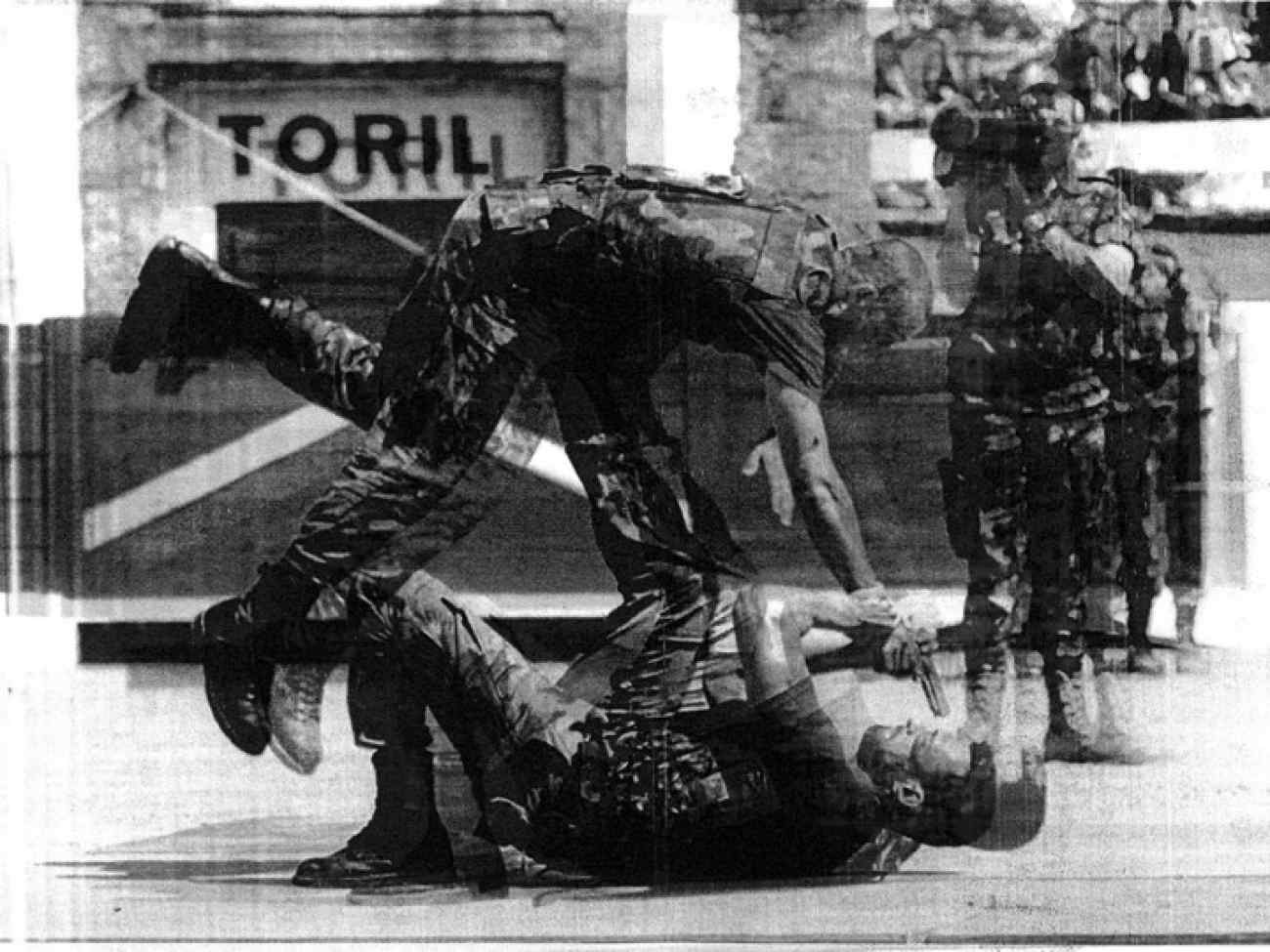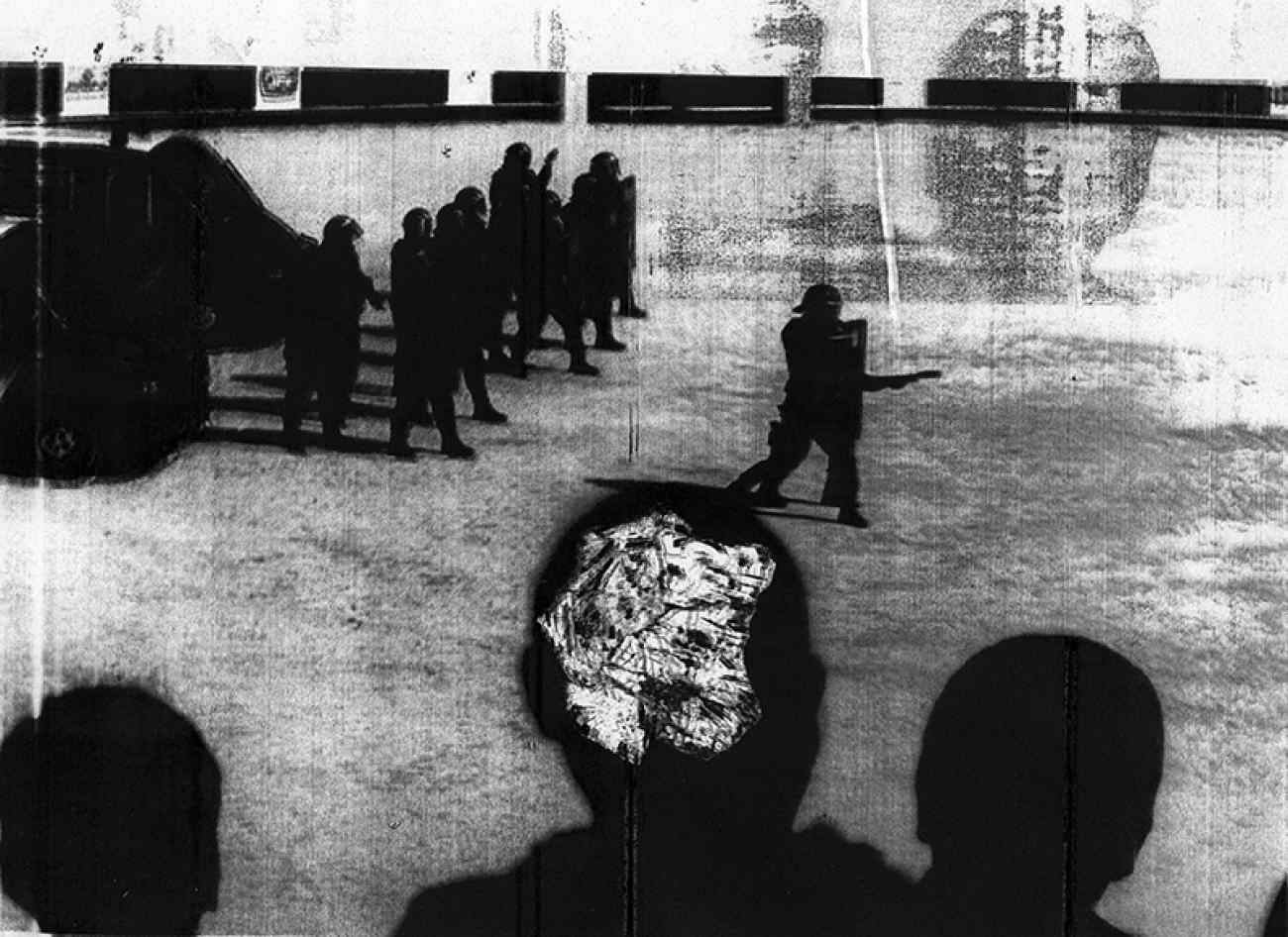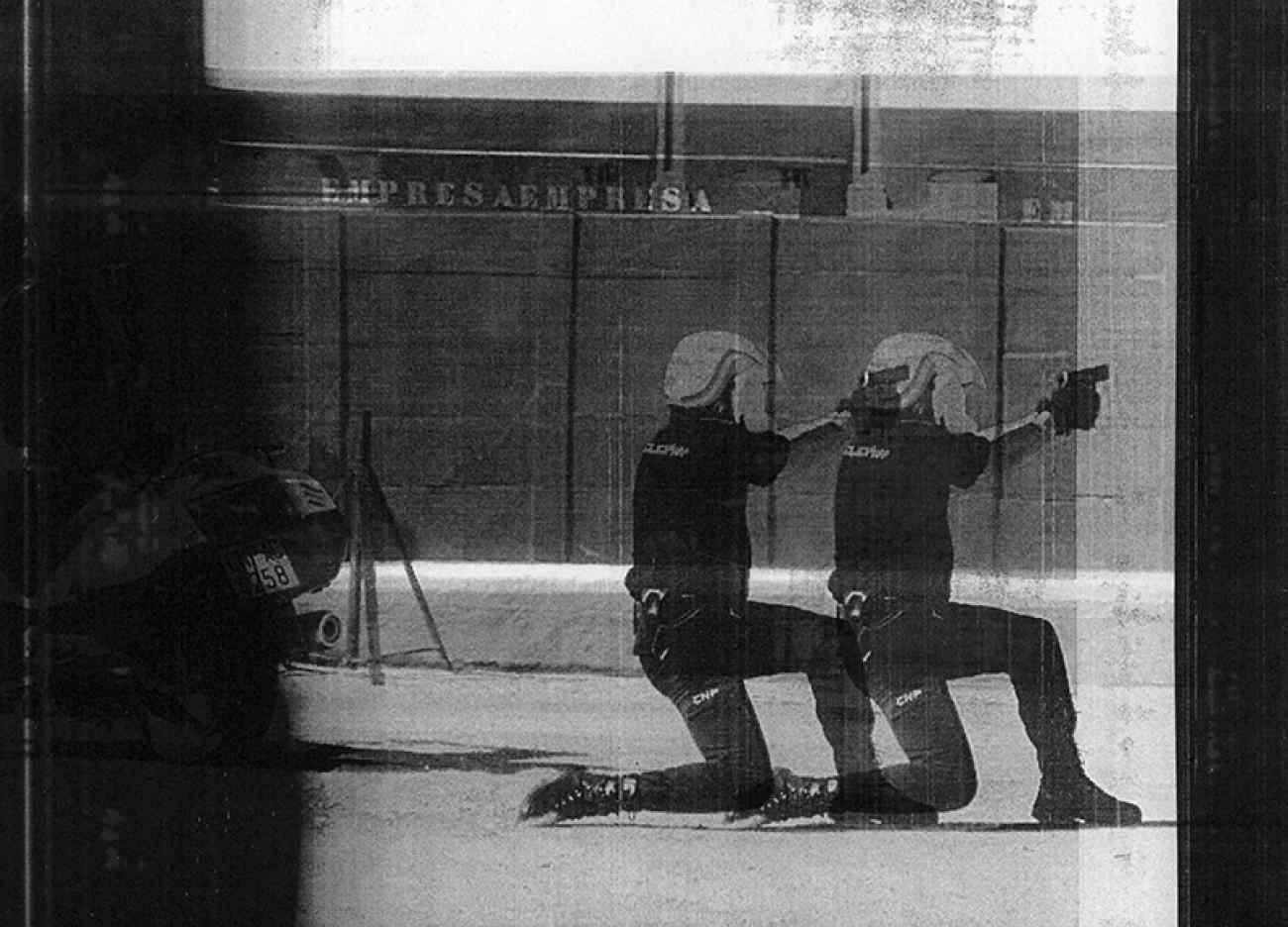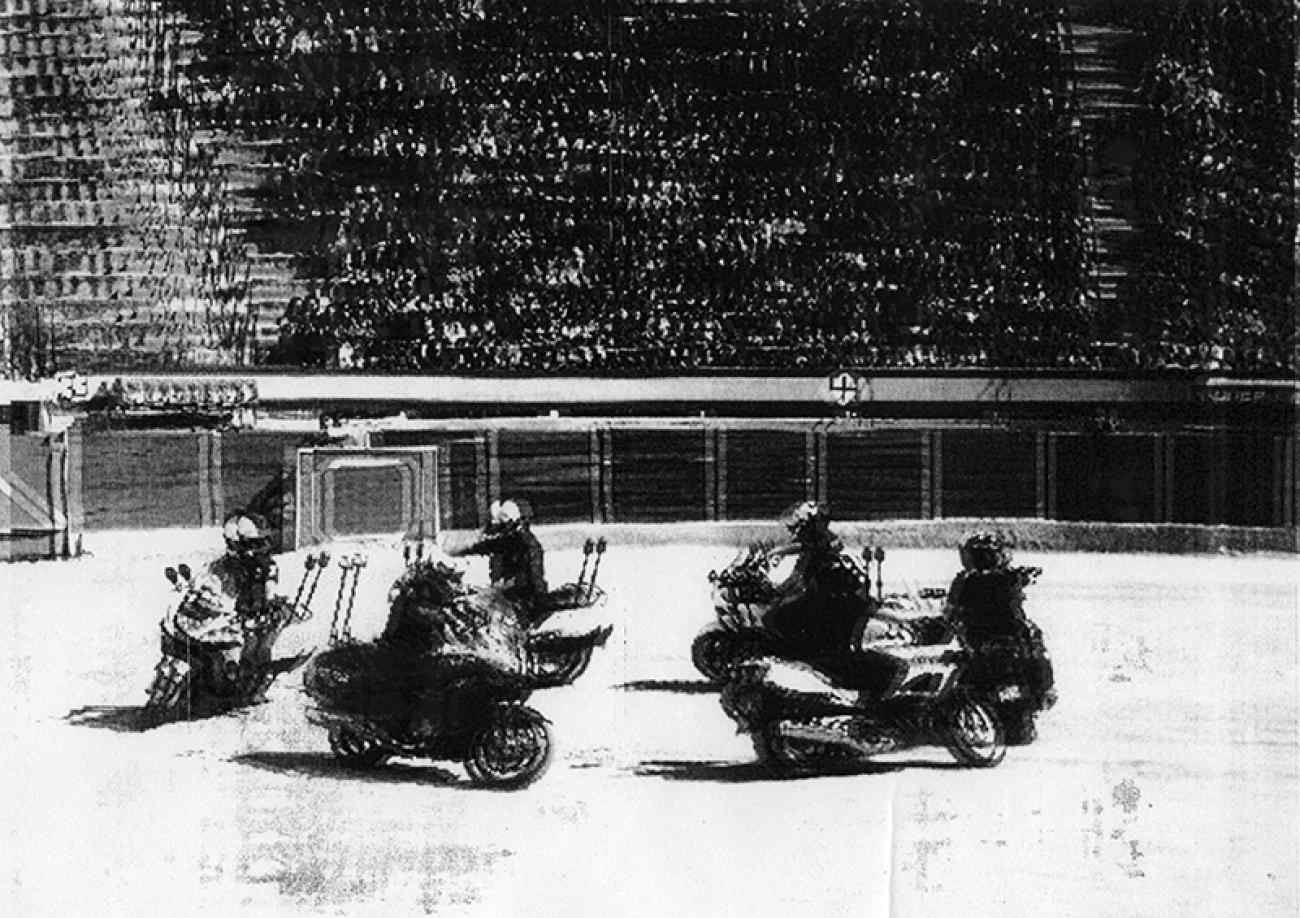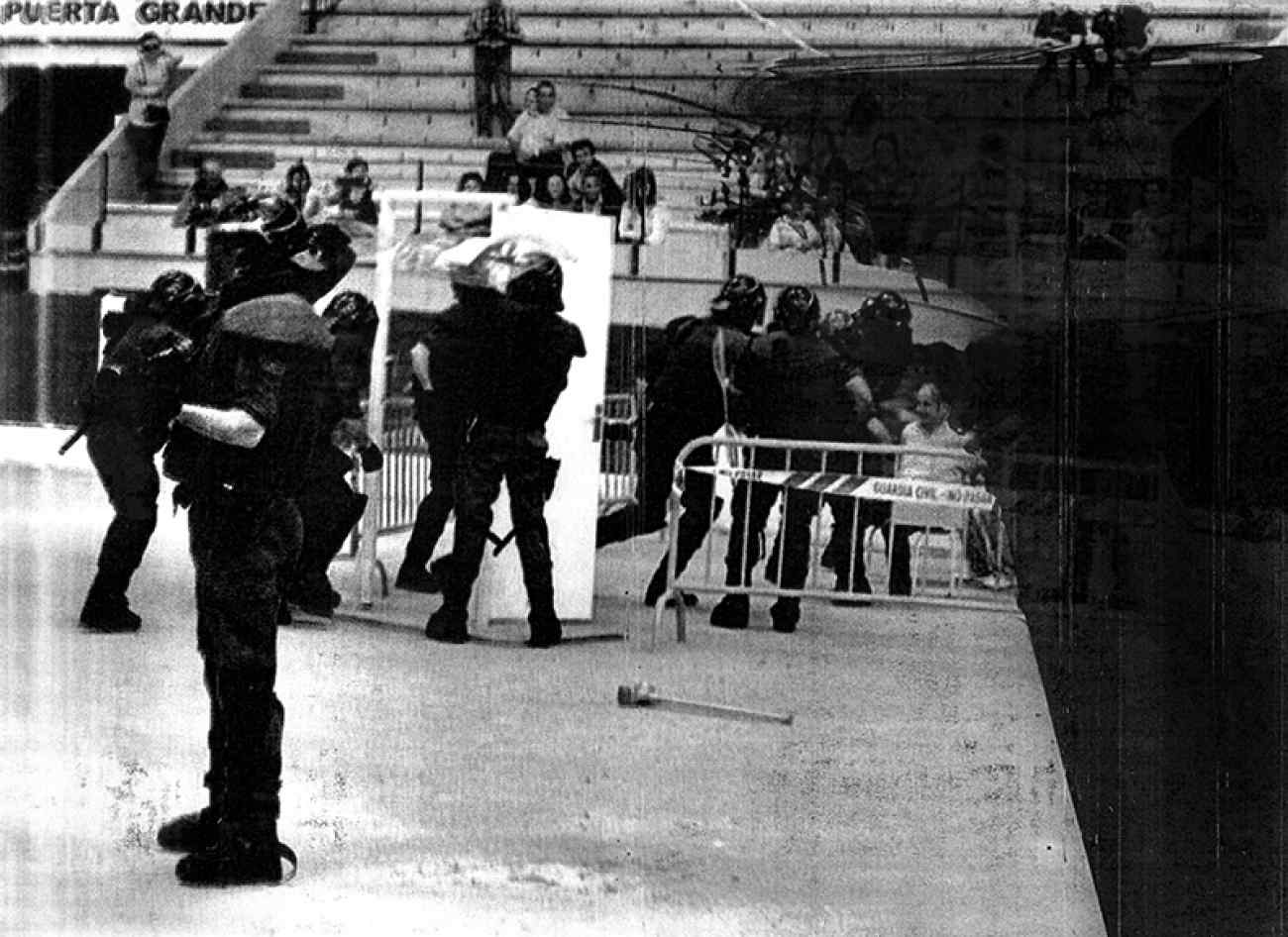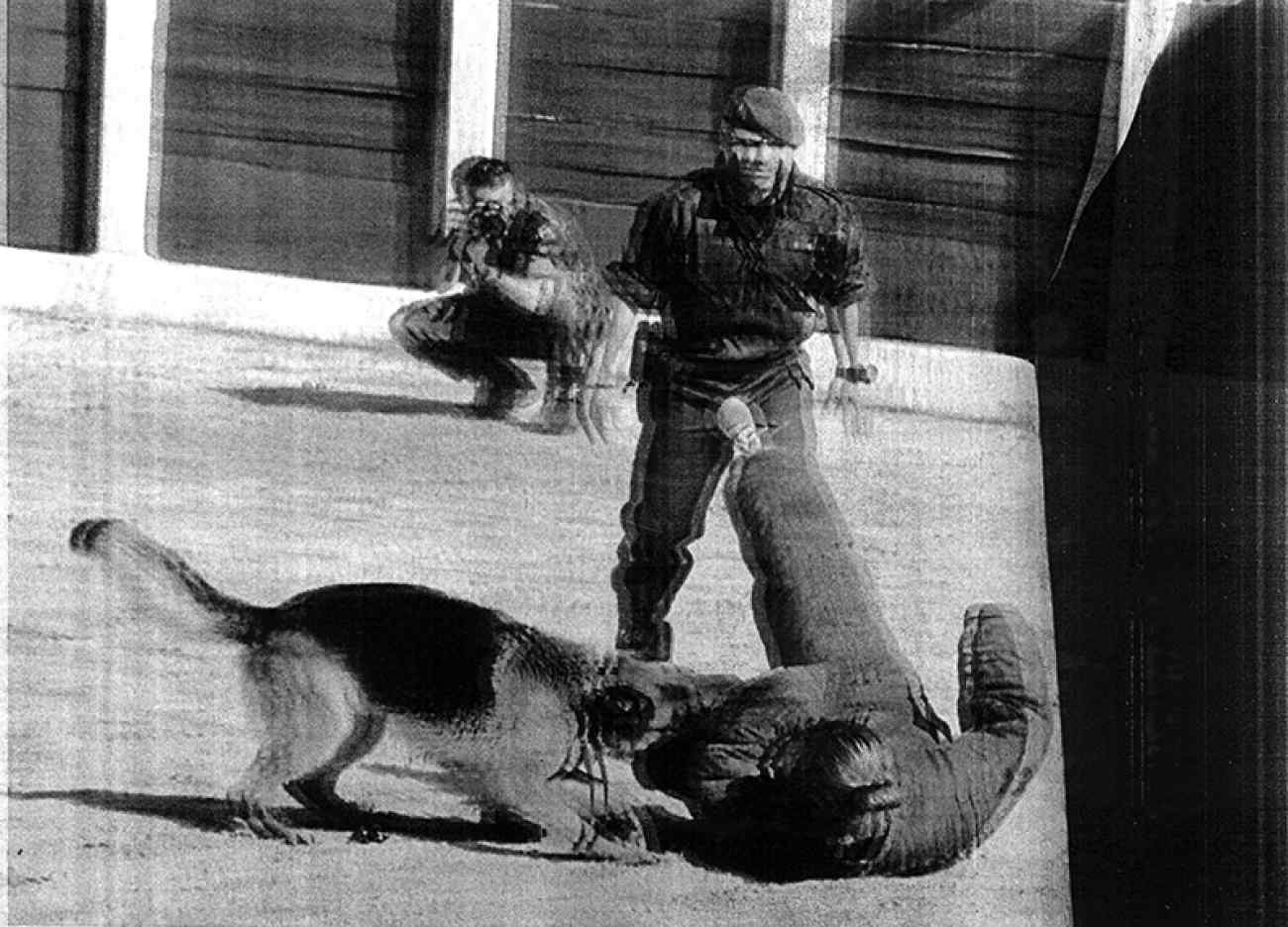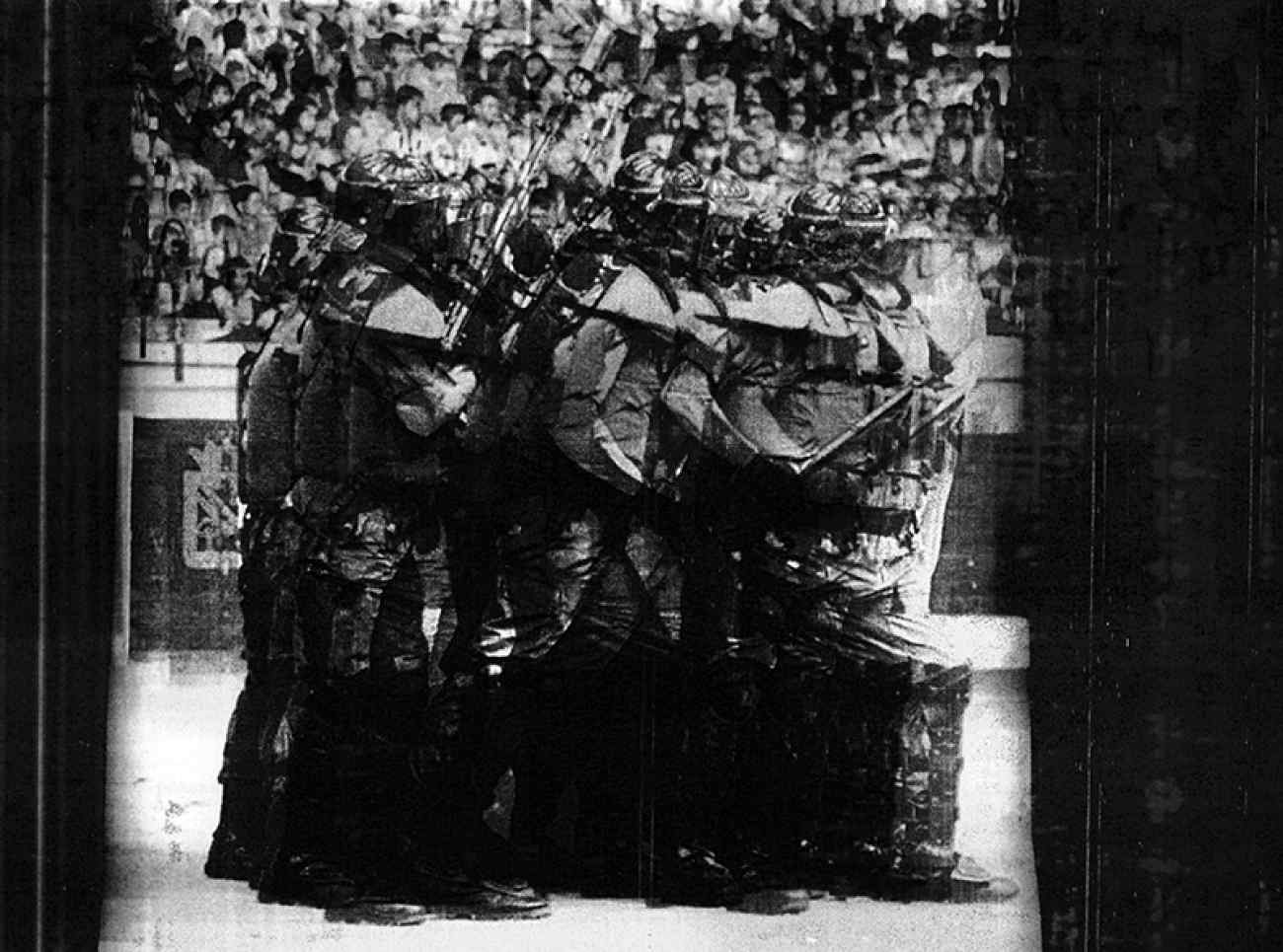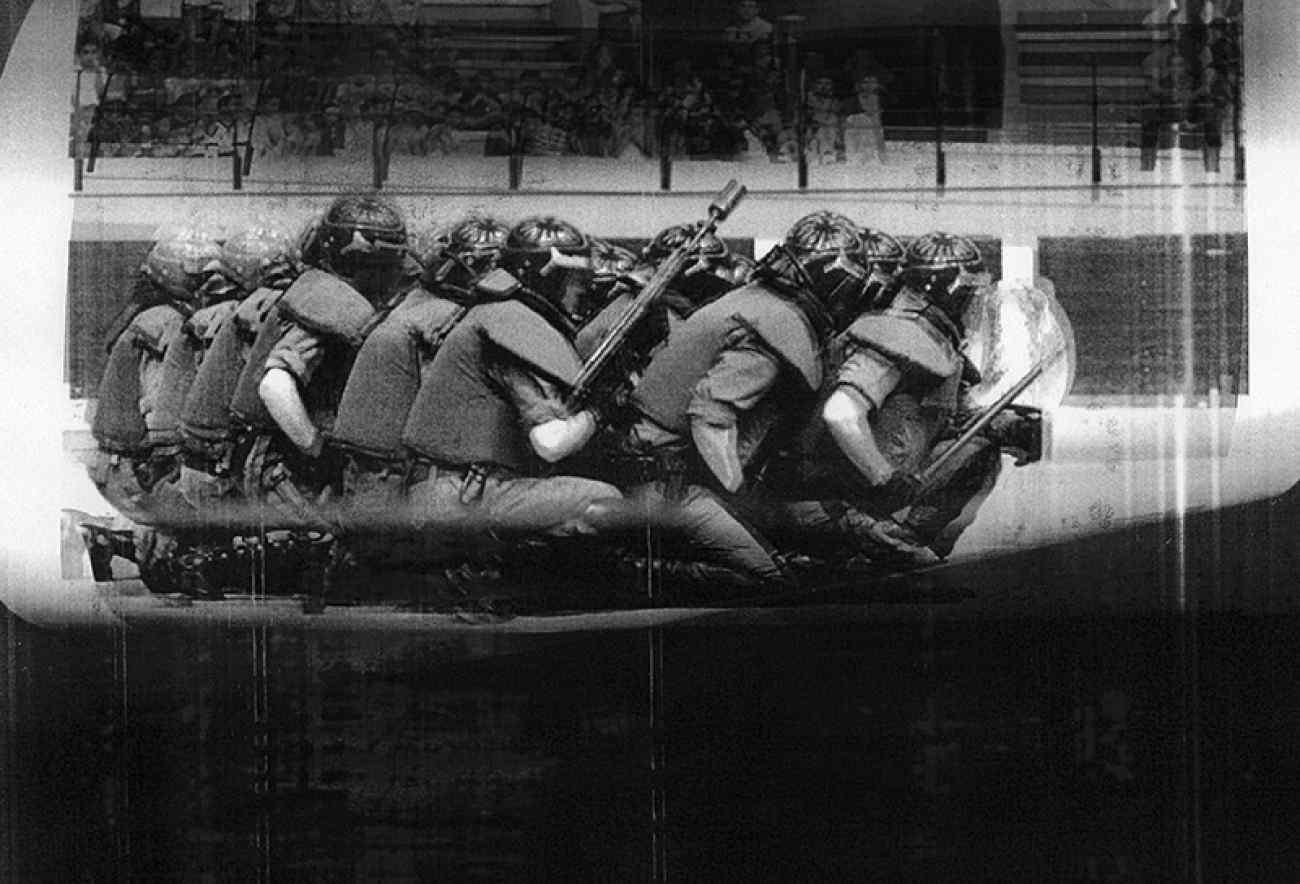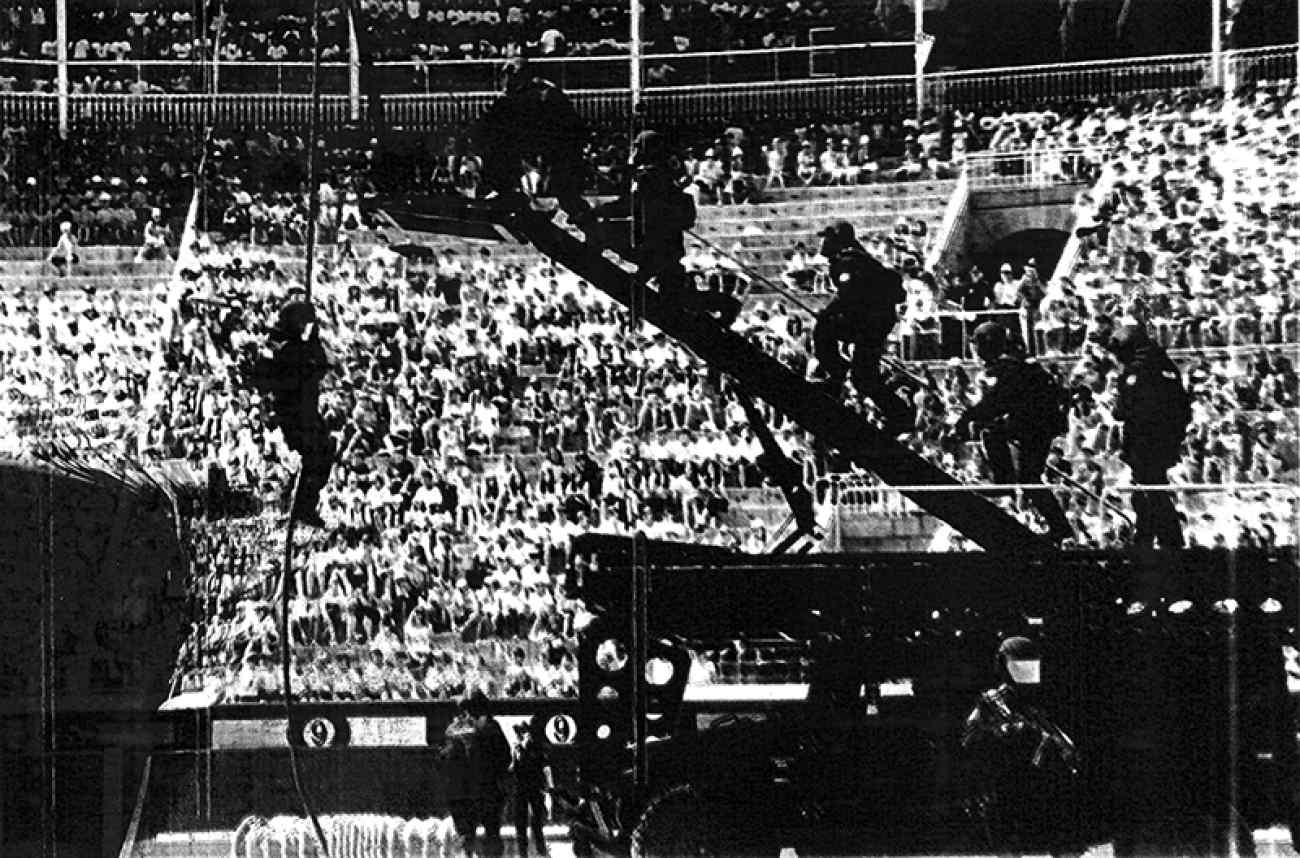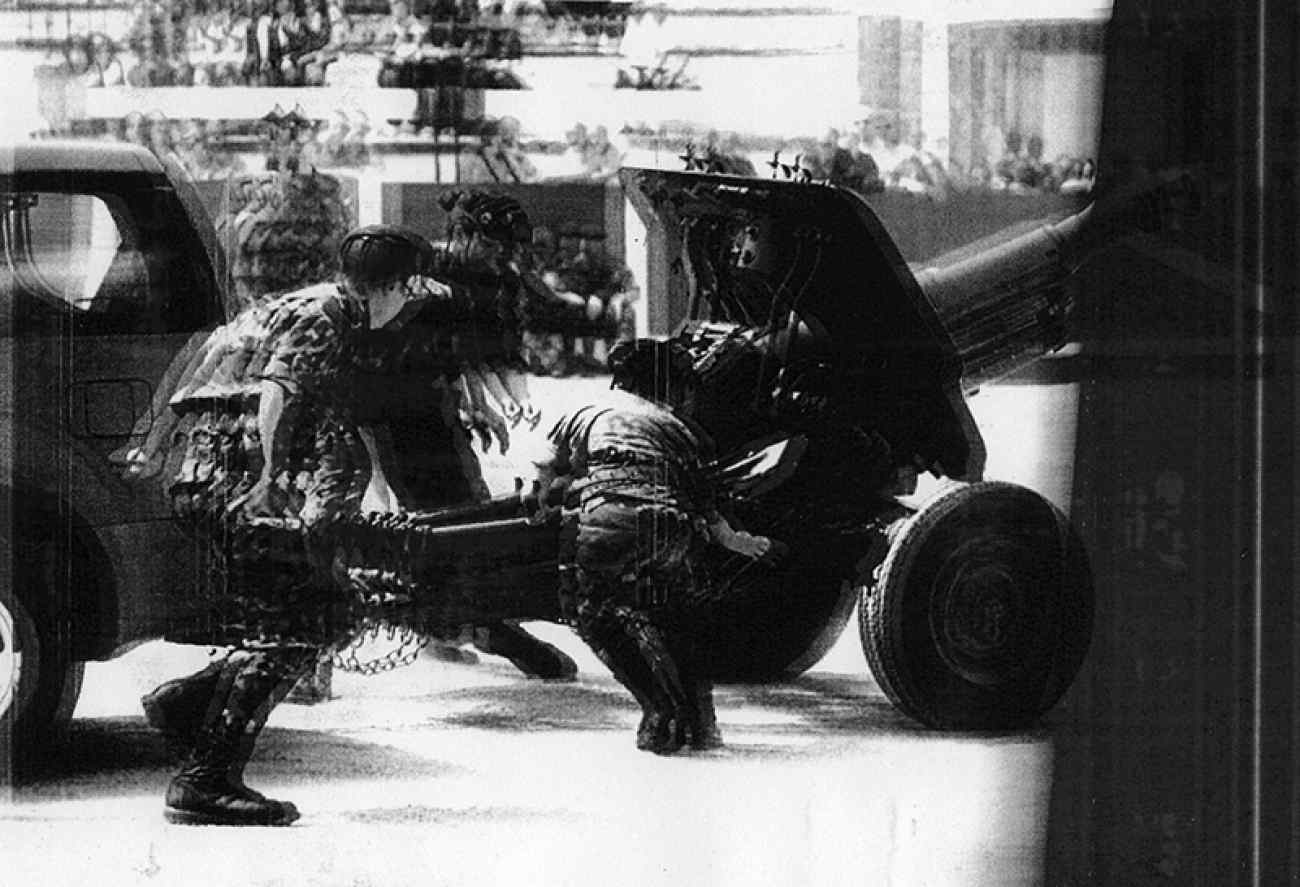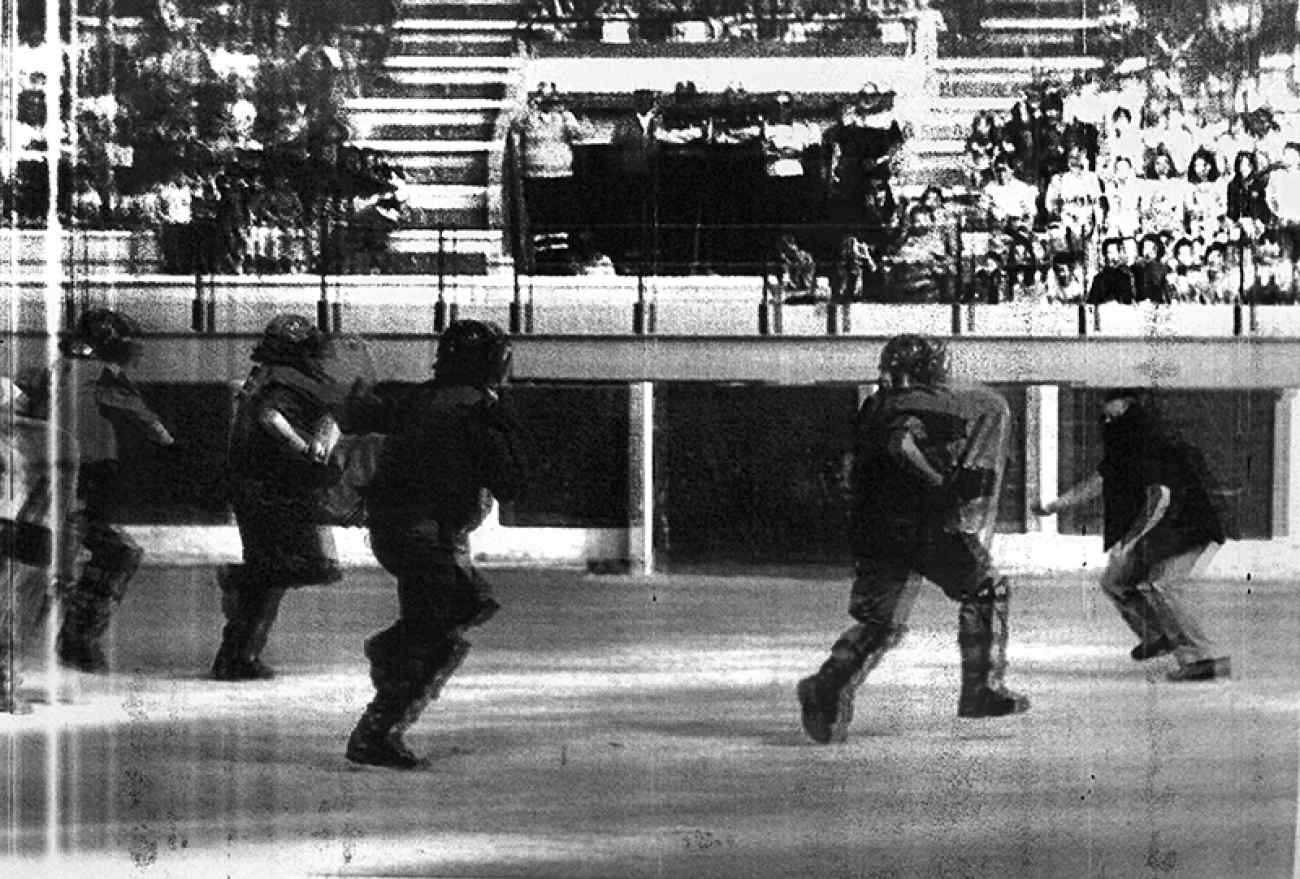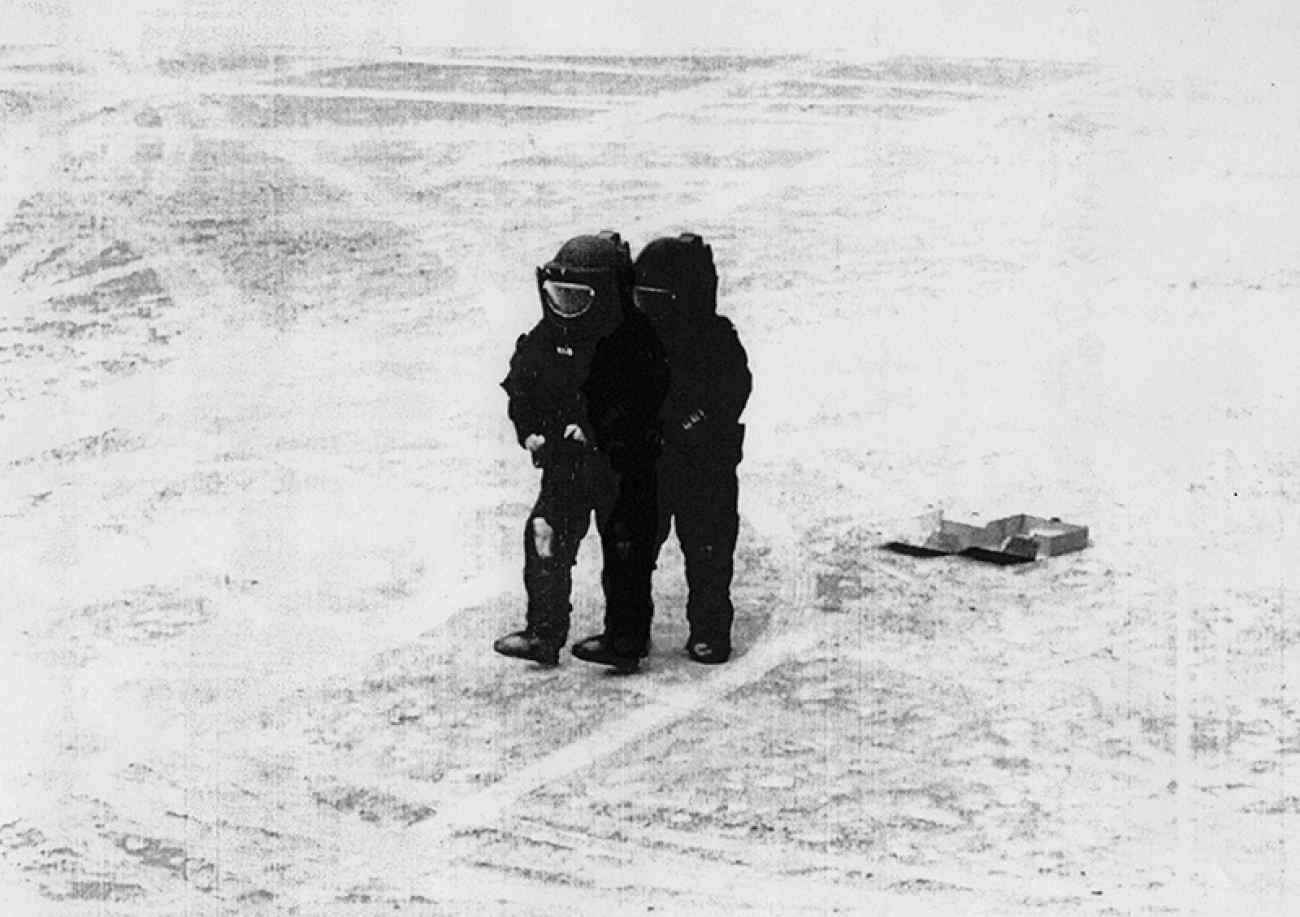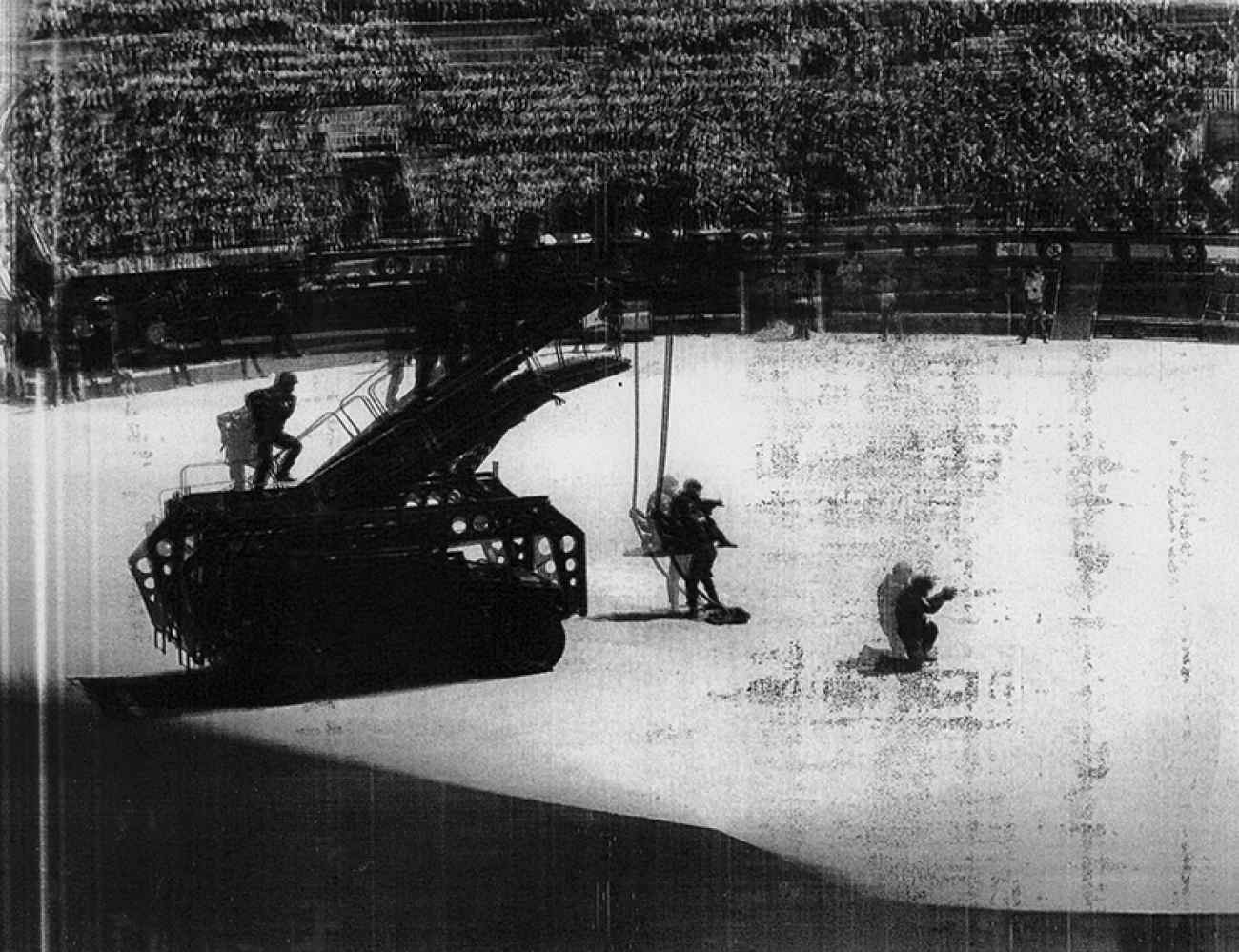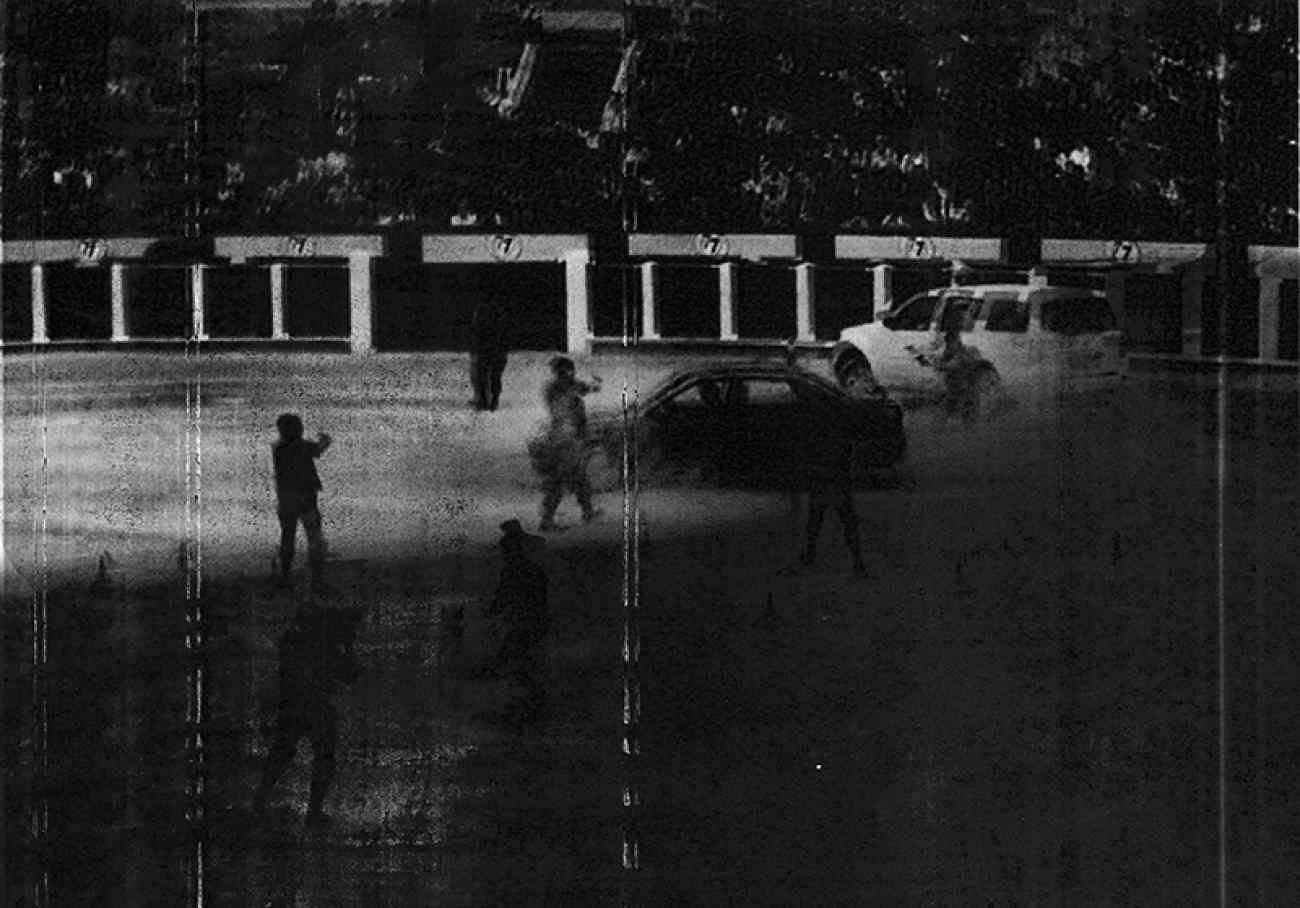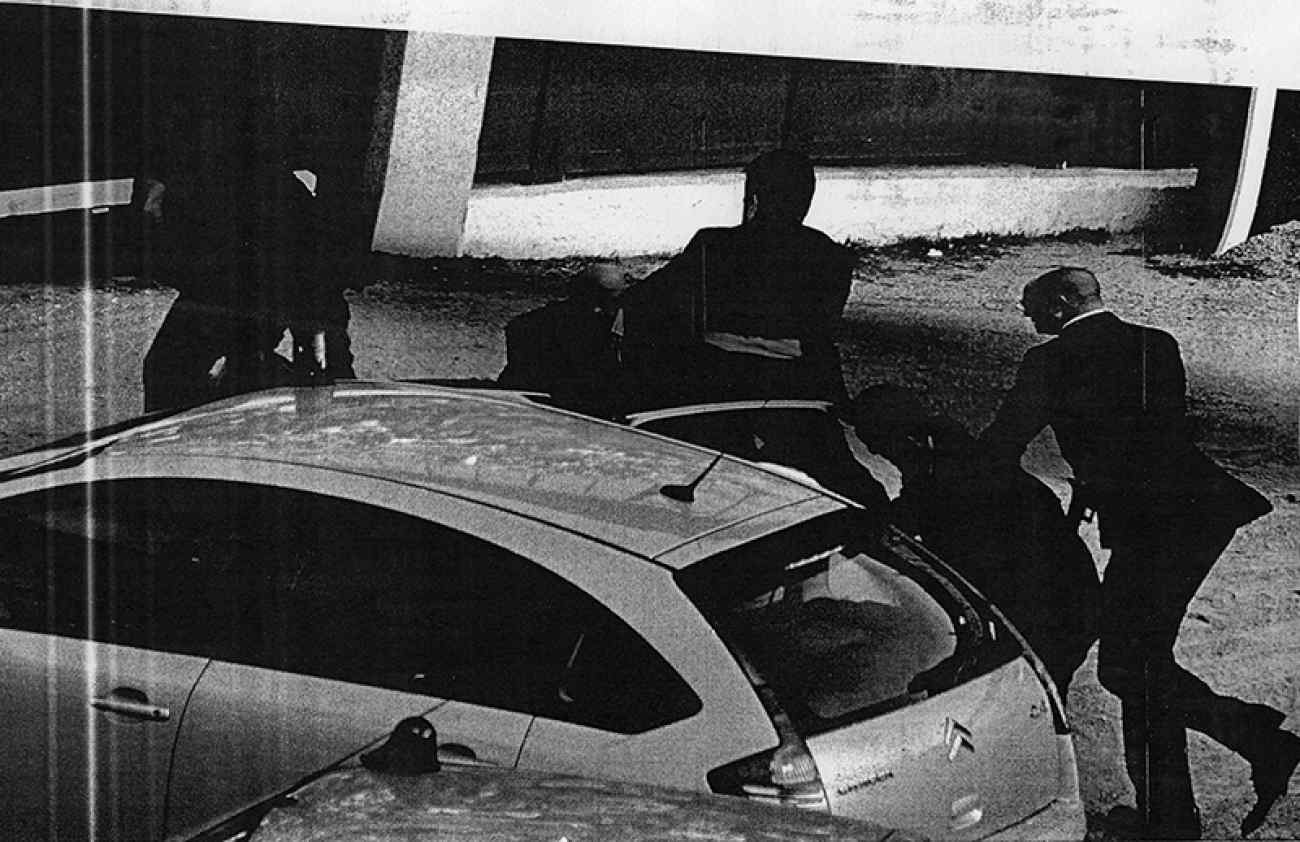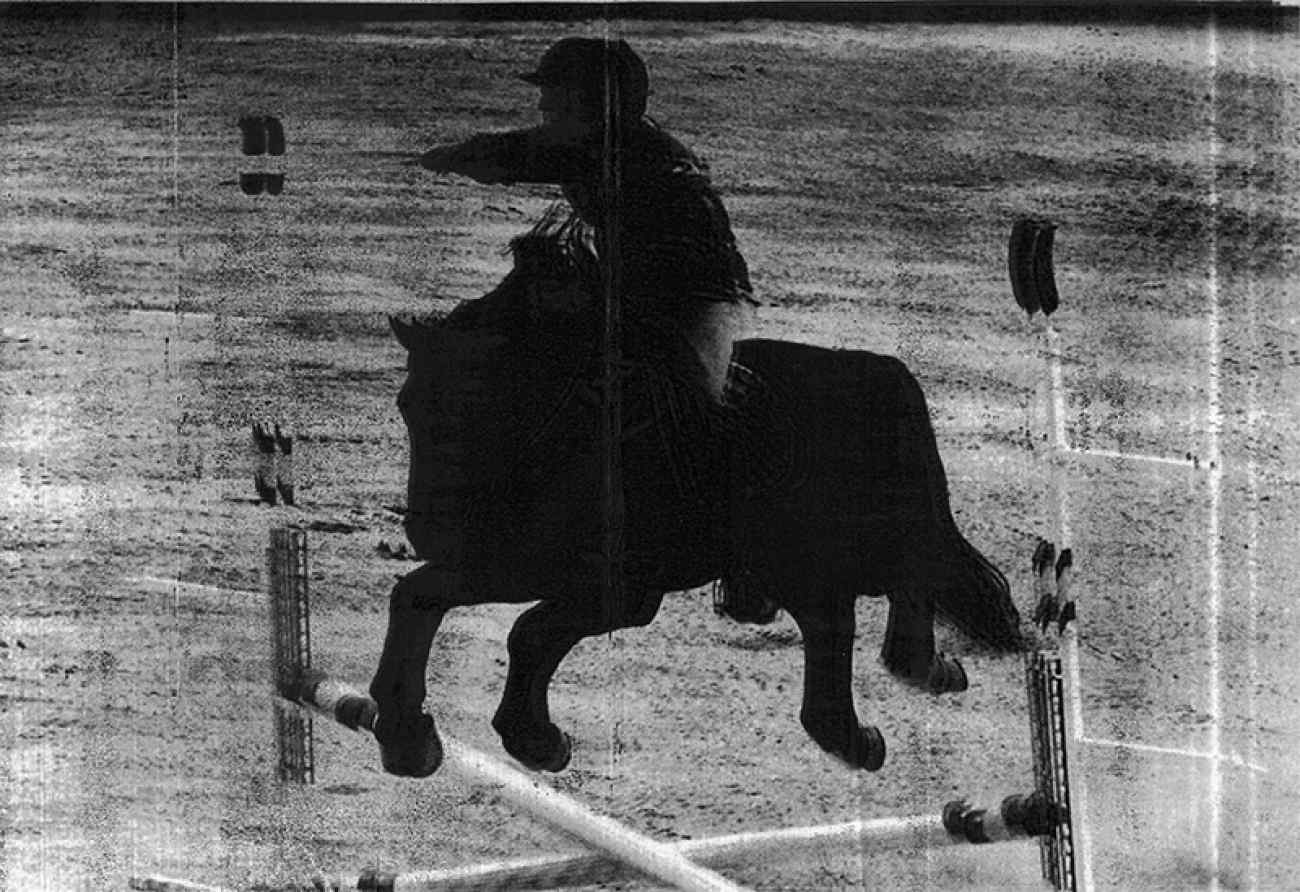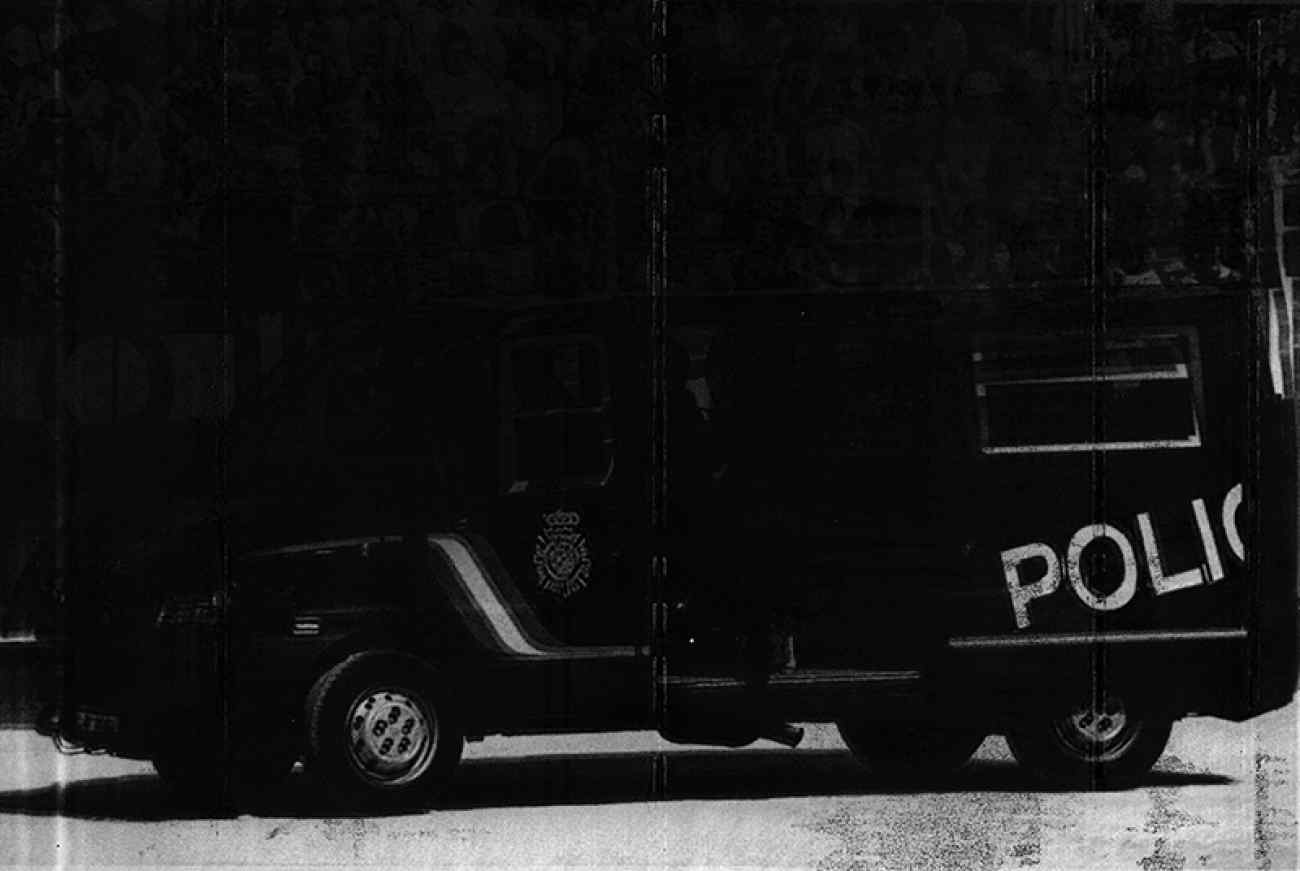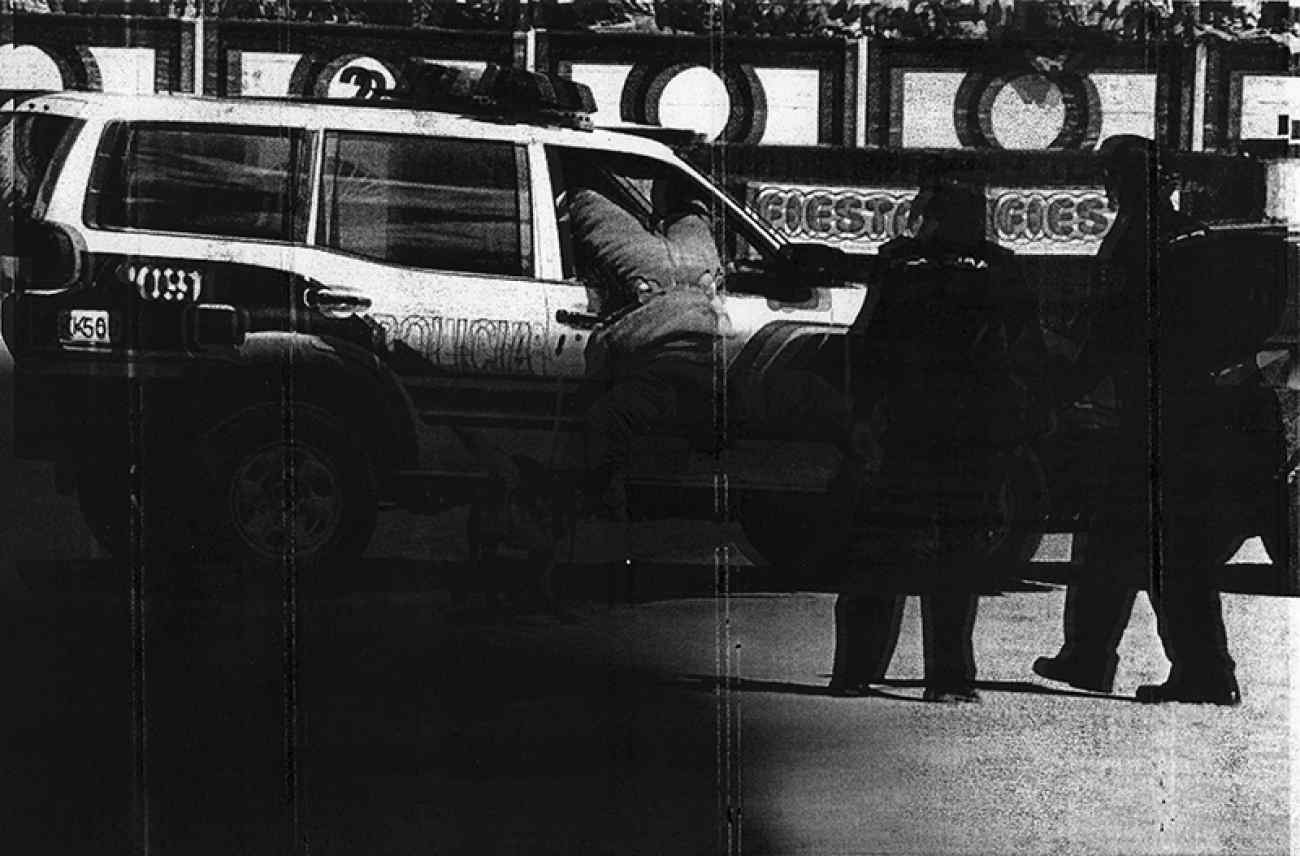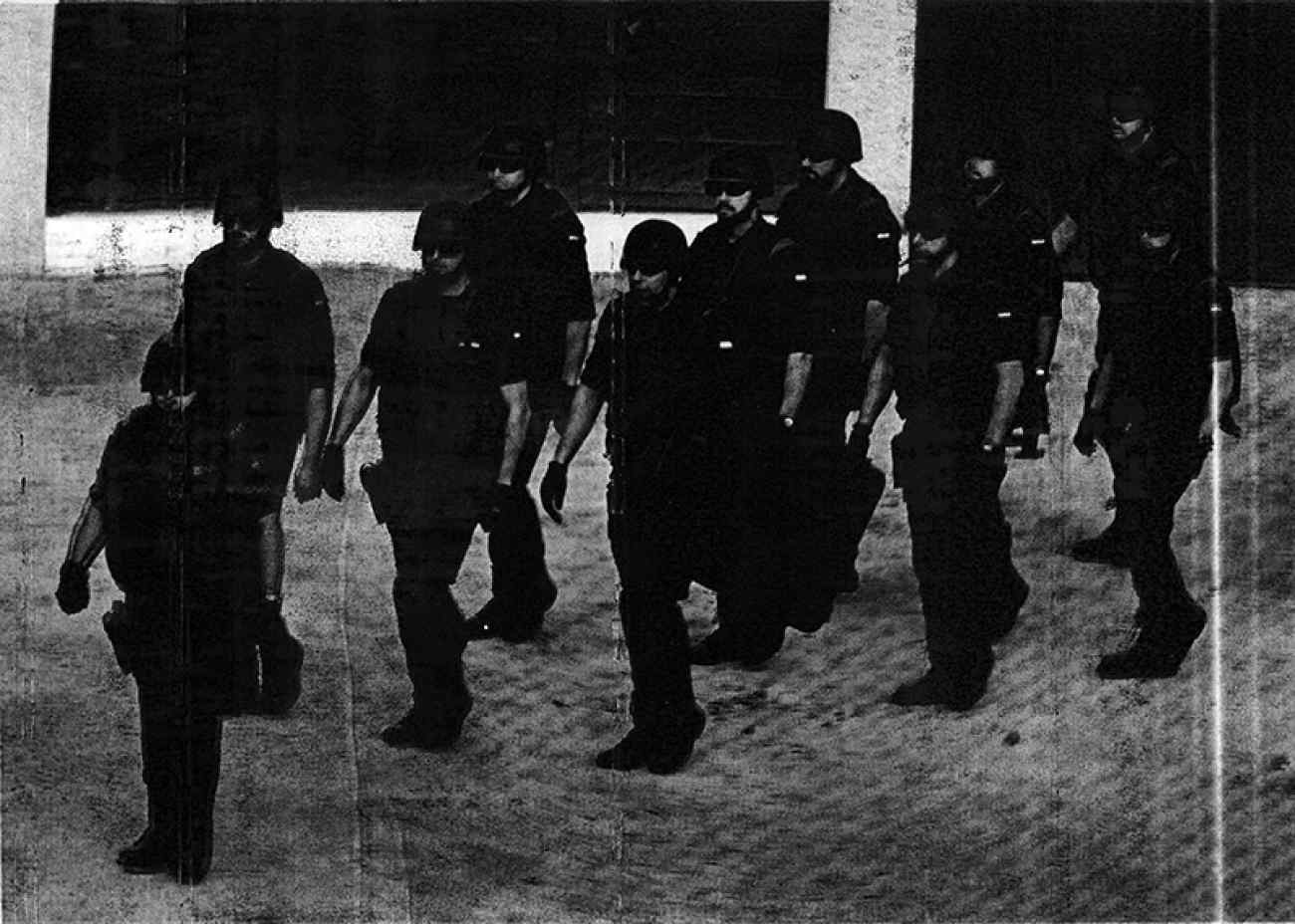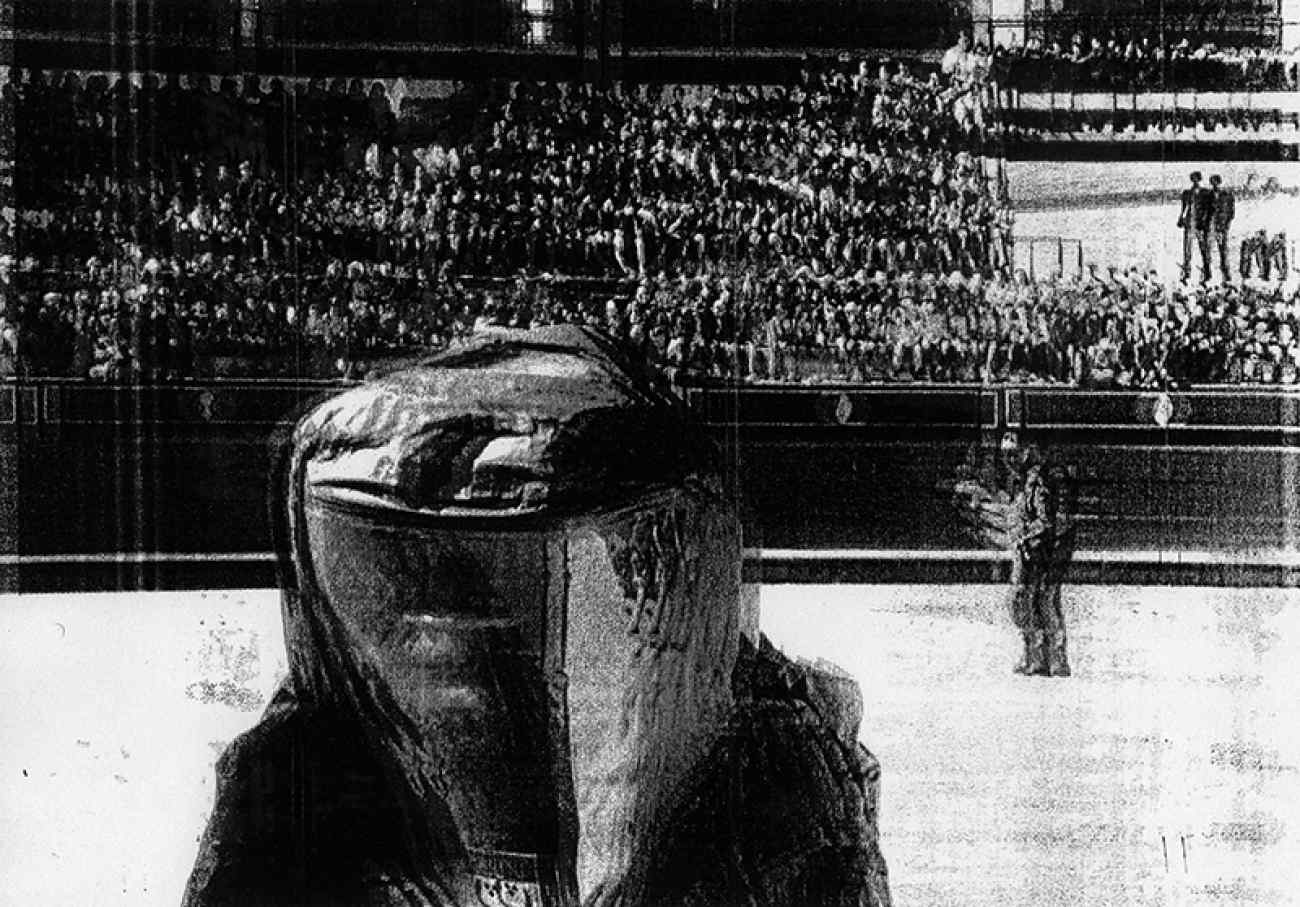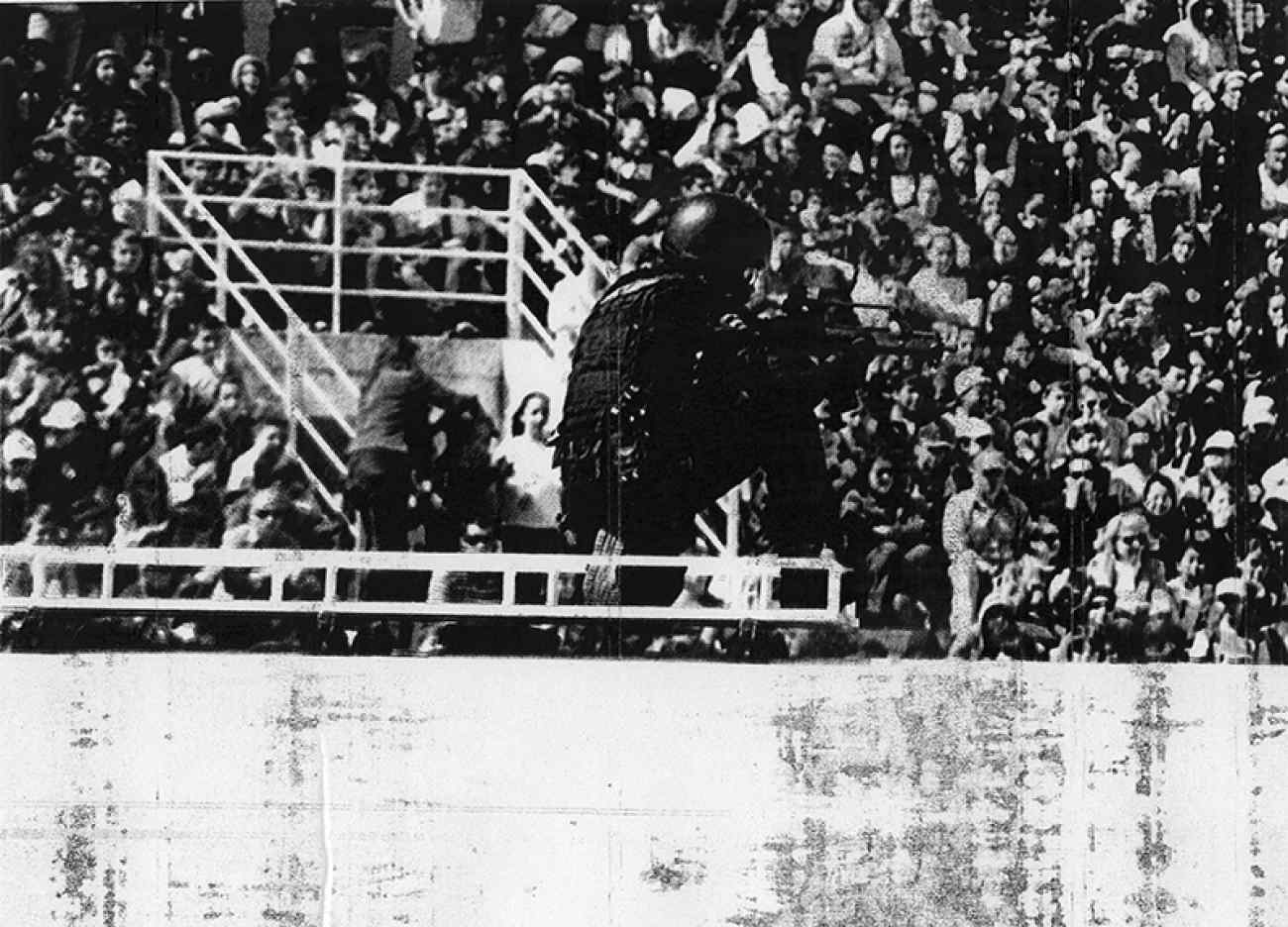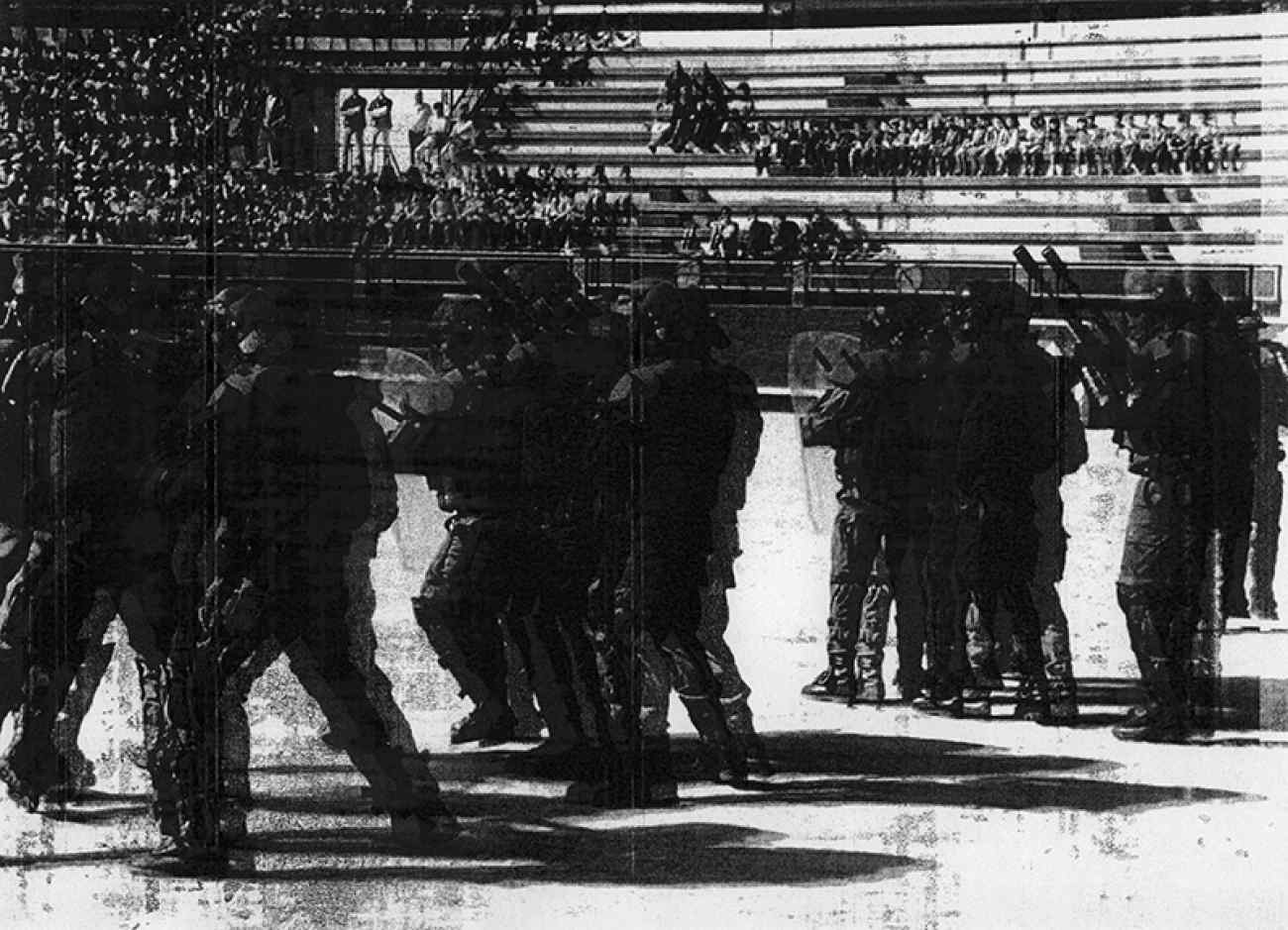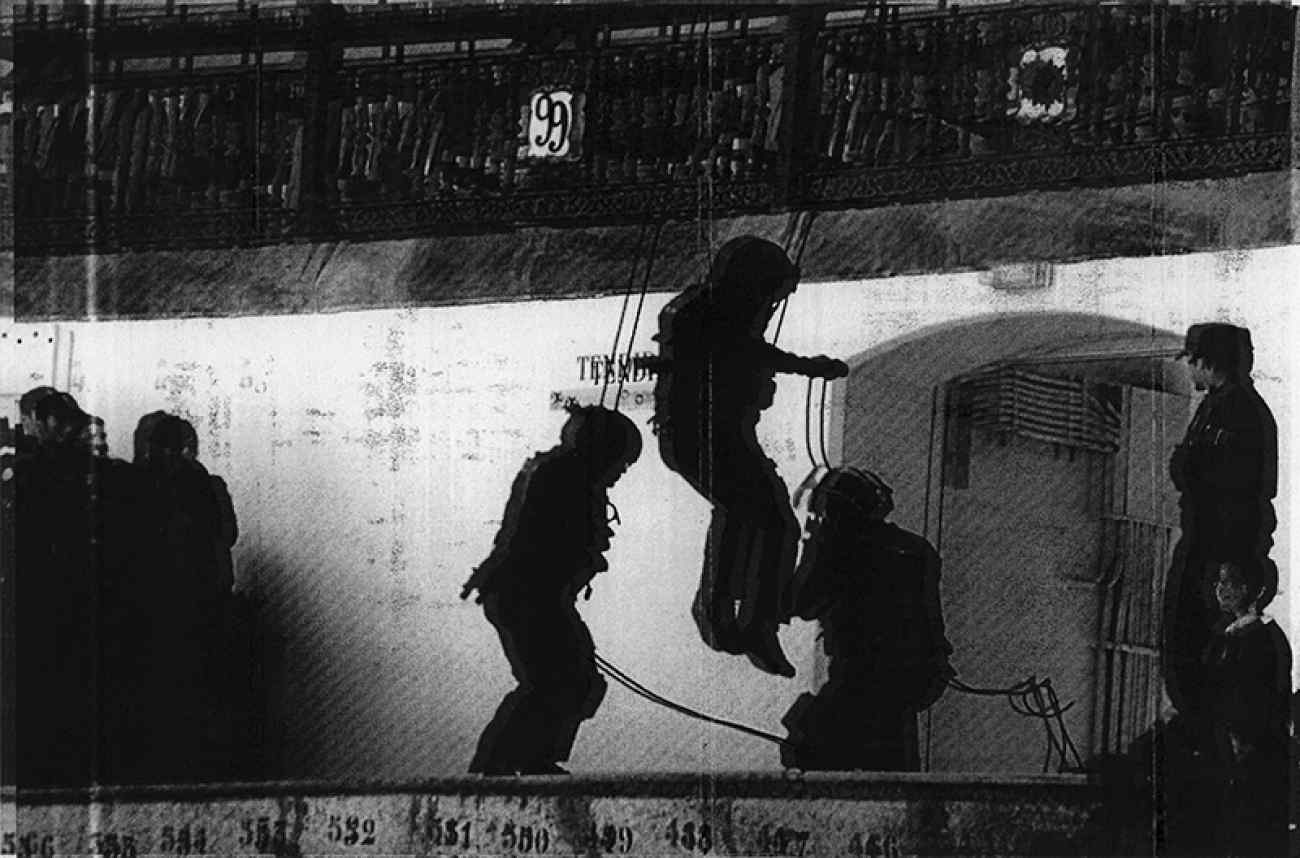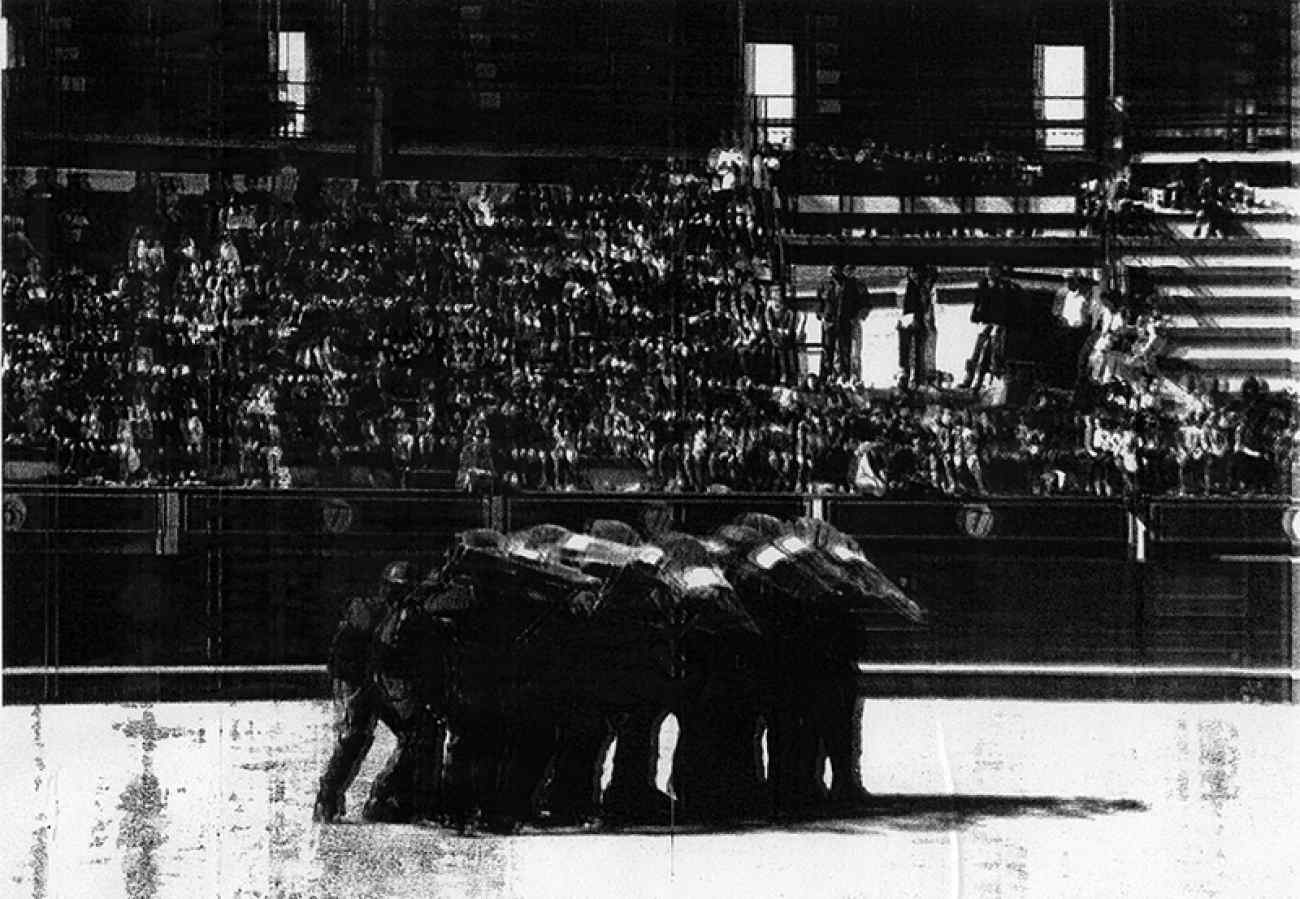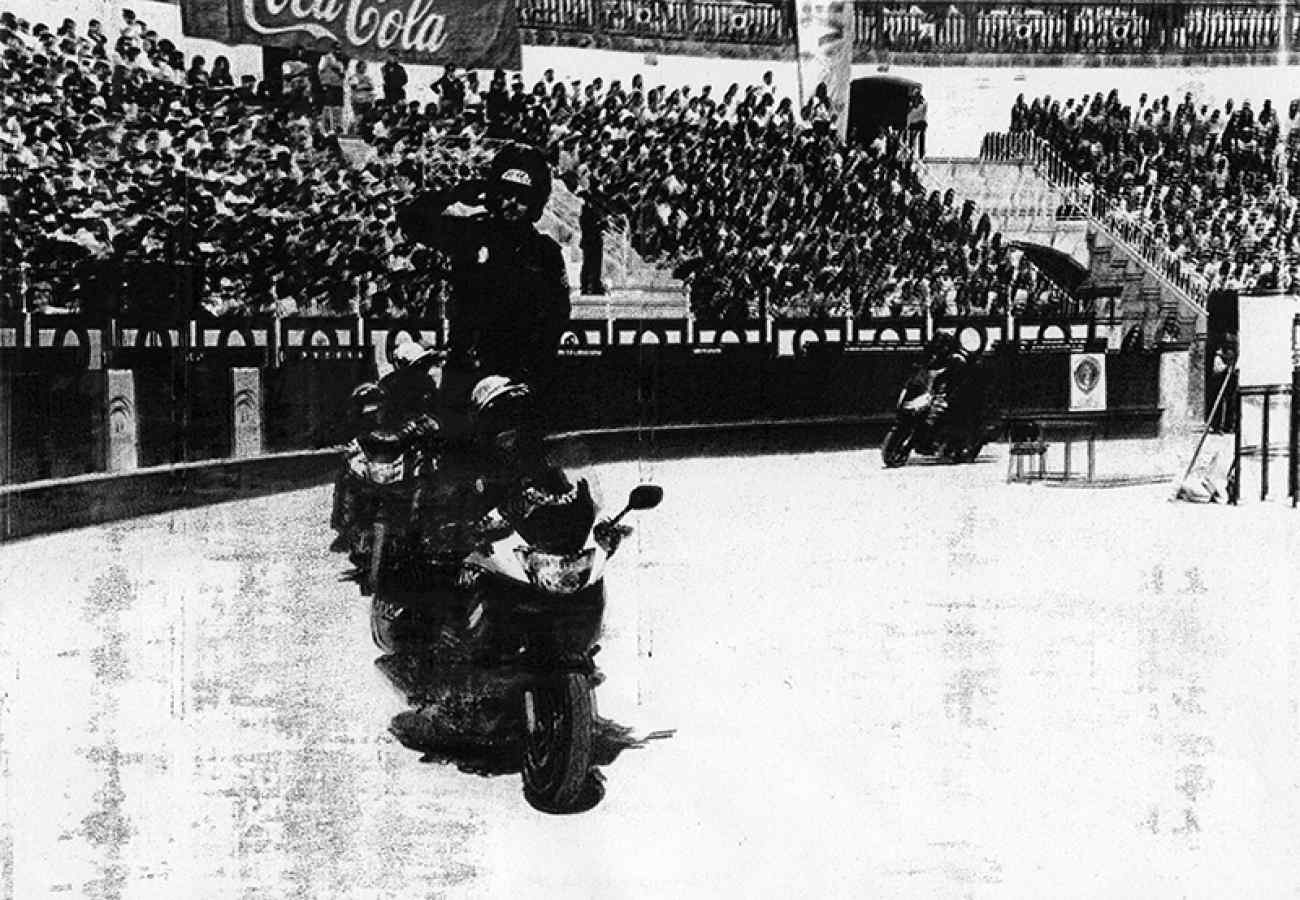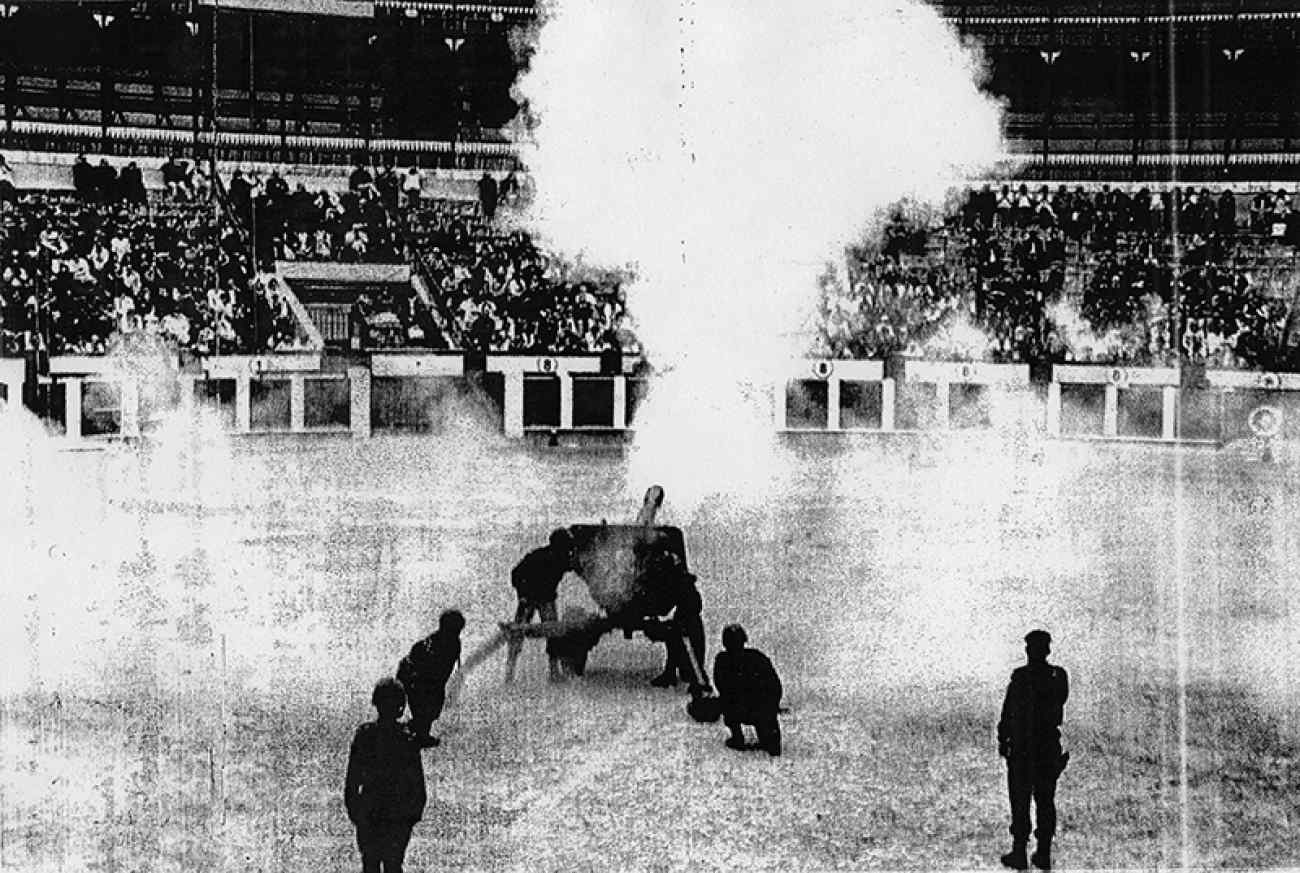TAUROMAQUIA
The State and the police are responsible for maintaining public order and citizens’ security. Their continuity depends on the social consensus regarding their actions. Recently, demonstrations and protests have become habitual places to exercise power and violence: social control mechanisms are set in motion to legitimize authoritarianism.
The images of Tauromaquia (Tauromachy) document various presentations that the police carried out in bullfighting arenas to audiences of schoolchildren. Computer screenshots present material that is available online. The result features images from several viewpoints: films made by the police, by local media, and by teachers. The incredible fervour of this national spectacle thus appears from multiple perspectives: from the children’s entrance into the arena, to the representation of a criminal’s execution.
-
Those who argue against the ‘fiesta’ perceive it as a retrograde spectacle, which stands outside of civilized aesthetics. Nothing is further from the truth: the bullfights we know not only have an ancestral meaning that links them to the sacrificial rituals of culture, but initially was a practice amongst the upper classes, used in the historical process of the formation of national states during the Enlightenment. The bullfighter is neither a barbarian nor a butcher: he is the distinguished master of ceremonies of a cathartic scenario that gives cohesion to the community and feeds it with stories and myths. Bullfighting shares with Greek tragedy the search for the total work of art, where the plastic , poetic and aural dimensions join to produce the same effect; and where death has a real effect, and not simply one of ritual significance.
The ‘total work of art’ is the great modern aspiration, the search for lost integrity in a world which hinges on fate and fragmentation. This aspiration reaches its fulfillment in a state understood as the organization of this amorphous leviathan, each act of will being absolute. The state is concentrated and becomes affirmed and legitimized through grand representations of itself, whose nature and function are first and foremost its police. The notion of ‘police’ appeared to refer to the art of government whose scope encompasses everything ( justice, finance, the army), watching the man as an active, living and productive creature, ensuring the splendour and power of the state through the control of communication. Man and life itself were the target for the police.
What originally was a science of hygiene and safety within communities has become a repressive role today, not only in dictatorships but also in modern democratic and juridical states. Our political model always chooses the centralized control of work and the reduction of the citizenship. The self-organized crowds ask for another place and another representation, based on small occurrences and gestures but the final image that the story of this 'total work of art' registers is always the same folkloric stampede: order against chaos. In the society of the spectacle, the sovereign public still does not recognize its role in the drama.
Text by Luis Navarro
